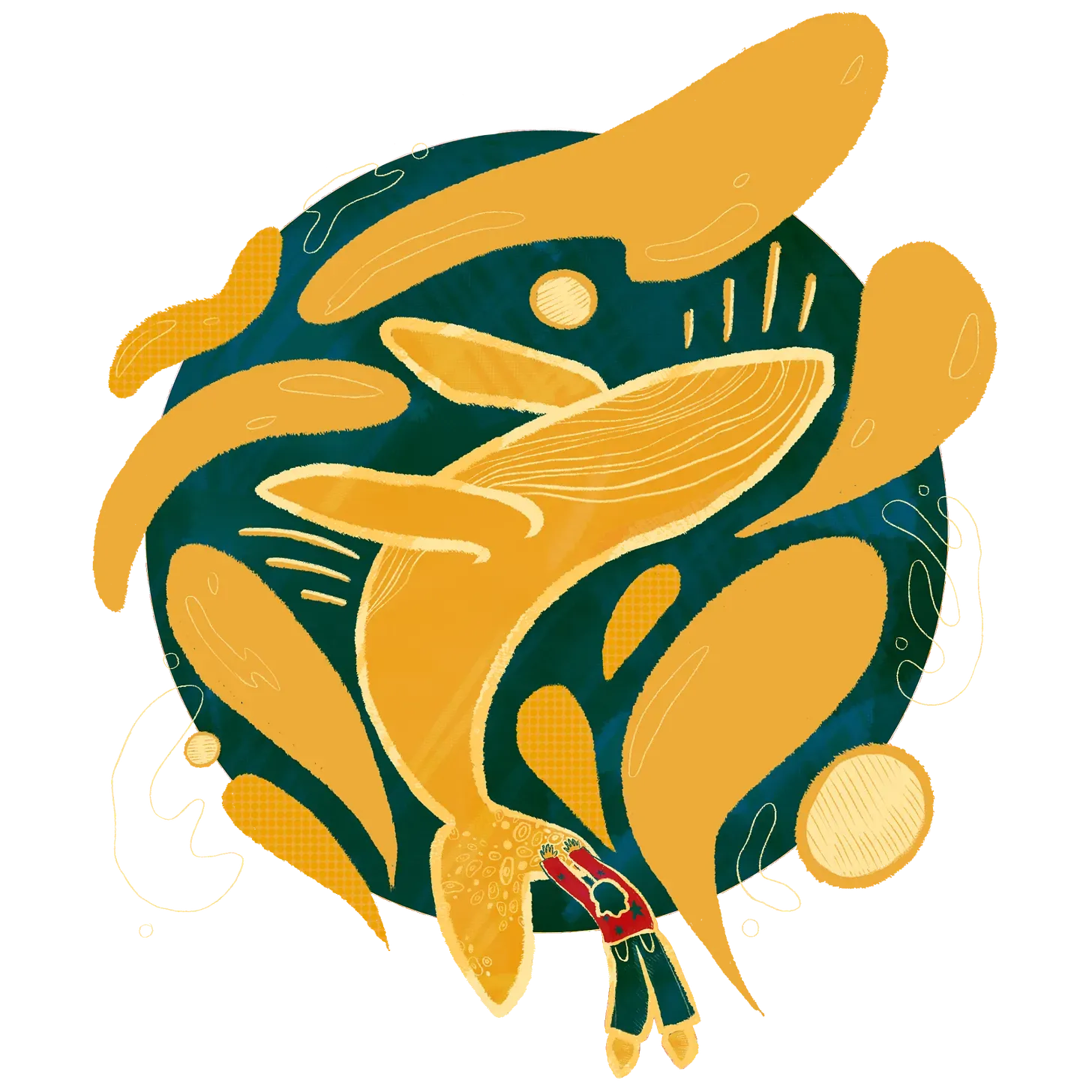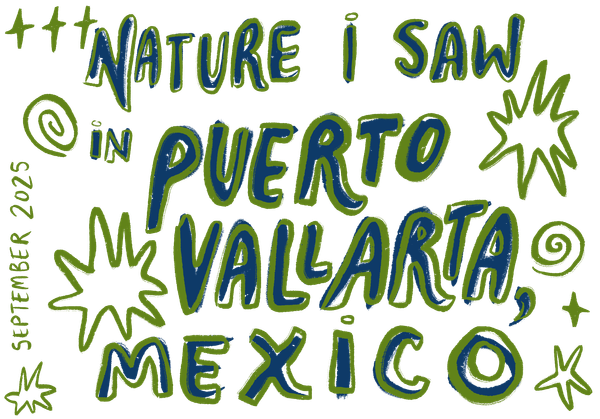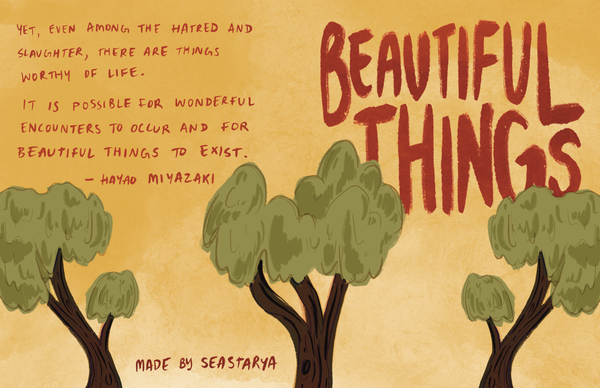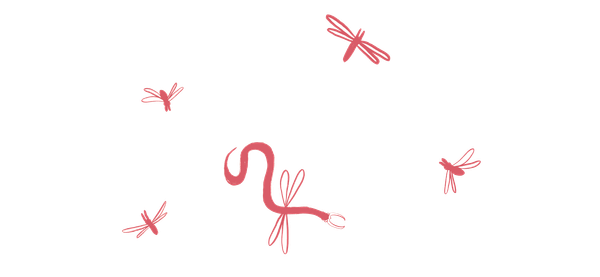where climate justice, food sovereignty, & design meet
an interview with designer & storyteller Margaret To
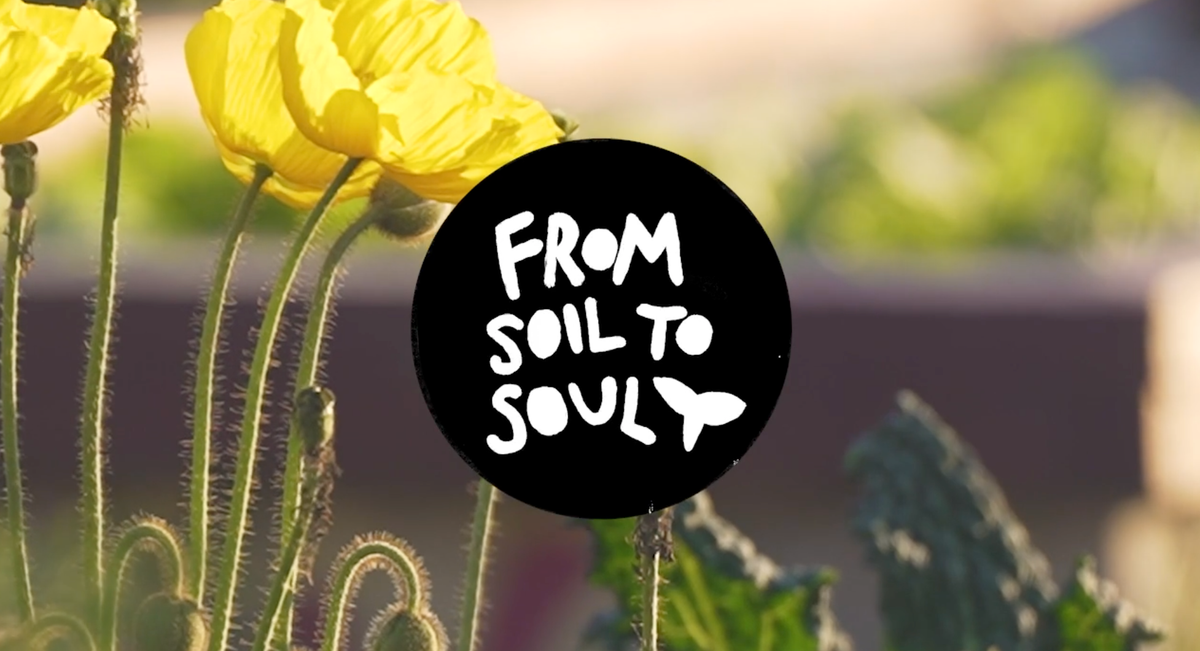
I met Margaret at an Earth Day Teach-In event at a local community college. She’s a phenomenal multimedia artist, runs a design studio dedicated to social impact and environmental education, and co-leads the Los Angeles chapter of Climate Designers.
In addition to being an incredibly kind and warm human being, she’s also a key part of the team working on From Soil to Soul, a documentary series exploring food sovereignty and highlighting Black, Brown, and Indigenous farmers, food leaders, and activists.
I’m so excited to share this conversation we had from earlier this summer — thanks Margaret!

FILTER FEEDER: So excited to talk with you always! To start, can you tell us a little bit about yourself?
Yeah! So, I grew up in Hong Kong, born and raised there, and I always had an interest in illustration and design as a kid. I always had my sketchbook with me with crayons. I came to the US when I was 17 for college, and studied animation and digital arts with a minor in advertising. During working time, because in the States, I needed to get a visa and everything, I did not really get to explore as much animation, but I was still able to do design work. I worked at a digital marketing company for six years after college, growing from a designer who does everything — multimedia, arts, video, website — to eventually becoming their creative lead.
FF: How did you transition to freelancing?
In 2019, I took the leap to freelance, and really started to look out for opportunities I'm passionate about. Throughout those six years of working, I took animation courses on the side and worked on small projects, even if I didn't get paid much. During the pandemic, I took a women's entrepreneurship course to learn how to run my own brand and business. Studio SAKA started in 2021 — that's when we really launched it.
FF: Was art your first love, or did you find nature and climate first?
Art is my first love, but I've always been aware of environmental issues around me and had a deep love for animals and the Earth. Even growing up in Hong Kong, which is pretty metropolitan, I remember participating in environmental-themed painting competitions. I would beg my dad to explore different pockets of parks. I think there's always been an animal lover in me, even though, you know, we never had pets or animals growing up. Coming to the States, I really got to expand that a lot more, because there's more access to go explore local ecosystems through hikes and other activities.
FF: What do you wish you knew getting into design spaces related to climate and nature? And what advice would you give to somebody who's looking to get into similar work?
Freelancing can be a little isolating when you're working on the computer by yourself. Finding community is important — either online or in person. Climate Designers really helped me feel like I'm not on my own. There is a community of people also very interested in art, nature, climate, and that really helped me keep going. Also, don't be afraid to reach out to studio owners or past connections and ask questions about finding clients or running a business.
I felt there was a huge disconnect between us and food — I didn't know many of the plants we eat actually look like growing. Even if you go to the grocery store, where does this tomato come from? It might have traveled over a thousand miles to get here, which causes a tremendous amount of carbon footprint instead of growing locally, but then why is the system this way?
FF: Switching gears a bit — tell us about your docuseries, "From Soil to Soul"!
It's a documentary series that's going to be eight episodes long. Each episode is 20-30 minutes, and we really wanted to highlight BIPOC voices in food activism — farmers, policy makers, change-makers who are in the food justice space. Through these stories, we want to inspire change in the way we think about food. Especially during the pandemic, I felt there was a huge disconnect between us and food — I didn't know many of the plants we eat actually look like growing. Even if you go to the grocery store, where does this tomato come from? It might have traveled over a thousand miles to get here, which causes a tremendous amount of carbon footprint instead of growing locally, but then why is the system this way? There's a lot of issues and inequities within the food system. Even in LA, lots of people are not even able to have access to healthy food, yet the US is one of the richest countries in the world. In the first two episodes, we try to address these issues and what’s wrong. And then also go into all the different solutions that local food activists are leading — especially ongoing initiatives that a lot of people might not be aware of.
FF: Can you share an example of one of those solutions with us?
One example that is closest to where I live is the SOW Collective in Arleta, CA, which is a neighborhood with limited healthy food access and grocery stores. Three young women in their mid-20s transformed a backyard from just a lawn in 2020 to an eco-hub. Now it is a thriving garden growing food and native plants, and on the weekends, there's always community events happening — yoga sessions, gardening days, workshops for neighborhood kids, fresh produce giveaways, and lots of volunteers coming to maintain the garden. They have seasonal planting sessions, musicians perform there, and they even had a gala last year. It's really transformed into this welcoming community space where everyone shares their stories and fresh, healthy food.
FF: How did you first start to connect with people working in food justice spaces?
It started during the pandemic with the Urban Farmers’ Almanac. We created this guidebook in collaboration with Climate Designers and urban planner Jamie Hwang. We met online and were just casually talking on Zoom calls about cool places doing bulk groceries and sustainable practices in LA, and then we started building like, a really large Excel spreadsheet of places and resources. And then when I found out Jamie was writing about, like, how do you live more sustainably in LA, I thought, should we join forces? Soon after, over 15 Climate Designers from around the world contributed pages, and we ended up creating this beautiful booklet. Through that project, I realized there were so many urban farms and farmers markets — amazing people doing great work in LA — and I was like, beyond this guidebook, how do we further highlight these people and voices? Fast-forward three years, and here we are building From Soil to Soul.
FF: What's next for you and Studio SAKA?
We just launched the pilot episode of From Soil to Soul in September 2024 at Patagonia Pasadena, which is about food justice in Los Angeles. We are super grateful to have amazing panelists (who were the incredible individuals featured in the film) truly captivated our audience. More about our Patagonia event can be found on our Media Kit. We are looking to do more virtual and in-person screenings in 2025, one of which is screening at Bioneers Conference in Berkeley which we are super stoked about! More about our upcoming screenings and events can be found on our Instagram. We are also actively looking for funding opportunities to support the rest of the episodes.
For my personal art, something I want to create in the future is interactive installations — I've seen some really cool immersive experiences with projections, and that's always something I've been wanting to explore. And like, maybe recording nature sounds in my neighborhood (critters, birds, insects, wind, etc.) that could be incorporated into both artwork or animation. And it helps to be a collaboration project. That's what I've learned — when you have more people on board, things really move forward. So if anyone reading is interested, I’m totally down to collab!
FF: Where can people find your work?
You can follow me at megatoe.design. From Soil to Soul is on Instagram and online. Studio SAKA can also be found on Instagram and online. And the Urban Farmers’ Almanac is available for free online through the Studio SAKA website.
FF: And finally, I've got to ask you, like, the worst question to ask any human ever. But what’s your favorite animal?
It’s such hard question for a reason! I think I always lean toward marine mammals, so I do really like whales. But also, we got a dog a year ago, so she is now our favorite.

